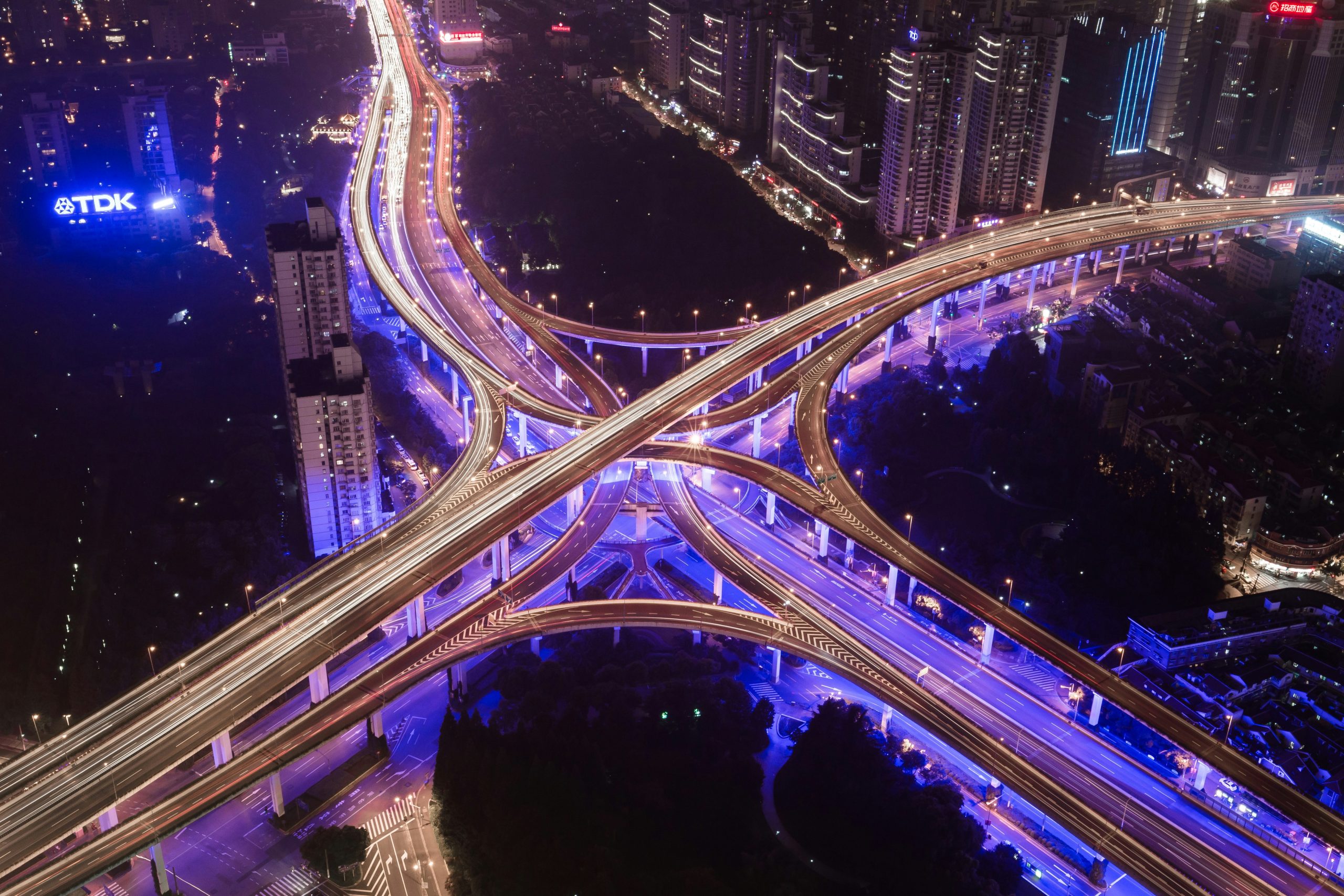Smart Cities: Balancing Surveillance and Convenience
From traffic lights that adapt in real time to public Wi-Fi networks and app-connected garbage bins, smart cities promise a future of smoother, safer, and more efficient urban living. Powered by sensors, AI, big data, and interconnected devices, these cities are designed to optimize everything from transportation to energy use.
2 The Allure of Smart Cities
1 Reduced Traffic Congestion: AI-driven traffic systems can cut travel times by adjusting signals based on live traffic flow.
2 Enhanced Public Safety: Cameras, sensors, and predictive analytics can help law enforcement respond faster and sometimes even prevent crimes.
3 Energy Efficiency: Smart grids and connected buildings can automatically adjust power usage to reduce waste and lower emissions.
4 Citizen Services: Apps can let residents report potholes, find parking spots, pay bills, or even interact with government services without leaving home.

3 The Hidden Costs: Surveillance and Control
1 Constant Monitoring: Cameras, microphones, drones, and facial recognition can create an environment where people are always being watched.
2 Data Collection and Privacy: From movement patterns to shopping habits, a vast amount of personal information is collected often without full transparency about how it’s used or who has access.
3 Algorithmic Bias: Automated systems may unintentionally reinforce discrimination if they’re trained on biased data sets.
4 Hacking Risks: With so many interconnected devices, smart cities become attractive targets for cyberattacks.
4 Case Studies: The Good, the Bad, and the Complex
1 Barcelona: A leader in ethical smart city development, Barcelona gives citizens control over much of their own data and emphasizes transparency in tech deployment.
2 Toronto (Sidewalk Labs Project): An ambitious Google-affiliated smart city project was shut down after public backlash over privacy concerns and potential corporate overreach.
3 China’s Smart Cities: In some cities, pervasive surveillance including facial recognition and social credit systems has sparked international criticism over human rights and privacy violations.

5 Striking the Balance
1 Transparency: Governments must clearly explain what data is collected, why it’s collected, and how it will be used.
2 Citizen Participation: Residents should have a voice in designing and governing smart city projects.
3 Privacy-First Design: Technologies should prioritize data minimization and anonymization wherever possible.
4 Strong Regulation: Clear legal frameworks must protect against abuse, misuse, and overreach both by governments and private corporations.
Conclusion
Smart cities have the potential to transform urban life in incredible ways making cities cleaner, safer, and more convenient. But without strong ethical frameworks and public oversight, they could just as easily become landscapes of constant surveillance and social control.






